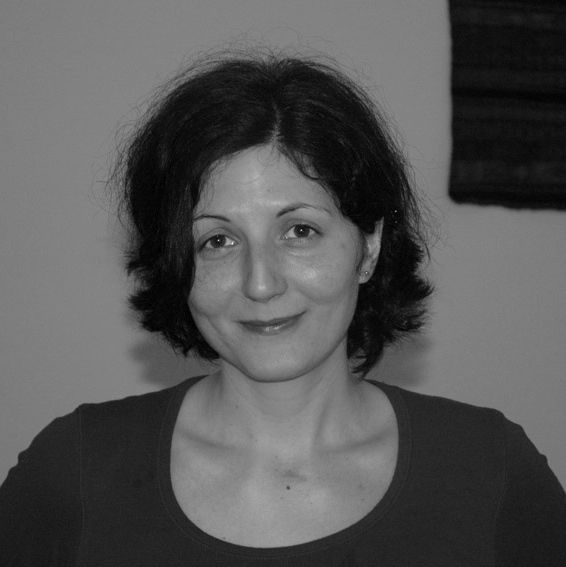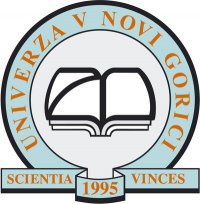High Energy Astrophysics
Course Code 2FAF05 / Spring 2016/2017
Literature/Notes:
Book: Alessandro de Angelis and Mario
Pimenta "Introduction To Particle And Astroparticle Physics"
Review Article: Gabriele Ghisellini "RADIATIVE PROCESSES IN HIGH ENERGY ASTROPHYSICS"
Grading:
homeworks 10%
seminar presentation 10%
GALPROP tutorial 20%
written exam with oral discussion 60%
Review Article: Gabriele Ghisellini "RADIATIVE PROCESSES IN HIGH ENERGY ASTROPHYSICS"
Grading:
homeworks 10%
seminar presentation 10%
GALPROP tutorial 20%
written exam with oral discussion 60%
Exam Topics
- Draw a diagram of the spectral flux of the main component of the charged cosmic rays in the 10^9-10^20 eV energy range. What are the main characteristics of the spectral flux. Explain each one. What part of the spectrum is probed from the ground and which also from the space. Why?
- What are the 'primary' and what 'secondary' cosmic rays? Draw a rough diagram of spectral fluxes of all main charged cosmic ray species and gamma rays in the 0.1-200 GeV energy range. Explain what is the main strategy for search for exotic physics of new sources in charged cosmic rays and why? What are the current, most relevant experiments for that search?
- What are the main experiments measuring gamma rays? What are the main components of the gamma-ray sky in the 0.1-300 GeV?
- What are the main aspects of the charged cosmic ray spectrum, which a theory of their origin should address? Derive the second order Fermi acceleration mechanisms. Does it work? Why?
- Derive the first order Fermi acceleration mechanisms. What are the shocks, are they observed in nature? What type of shocks is expected to be responsible for cosmic ray acceleration?
- Why are supernova explosions good candidates for the sources of galactic cosmic rays?
- What are the main stellar and inter-stellar medium components
of a Milky Way-like galaxy?
What are the typical structural parameters of the Milky Way?
- What is the inverse-Compton scattering? What are the Thompson
and Klein-Nishina
regimes? Calculate is the maximal energy transmitted to the photon in the IC scattering.
What is the average energy transmitted?
- Write down the power emitted in photons for the inverse
Compton and synchrotron
scattering. What it depends on? What are the typical values of the interstellar fields relevant
for these scatterings?
- Derive the spectrum of the inverse Compton scattering for a
power law spectral distribution
of electrons.
- Describe the main evidence for the diffusive propagation of
charged cosmic
rays in the Galaxy.
- What is the main mechanisms responsible for the diffusive
propagation of cosmic rays.
Derive the average variance of the pitch angle change.
- Leaky box model and simple solutions.
- Draw the Pdot vs P diagram for pulsars. Explain the relevance
of this diagram and comment
on how a pulsar moves across the diagram during its lifetime.

